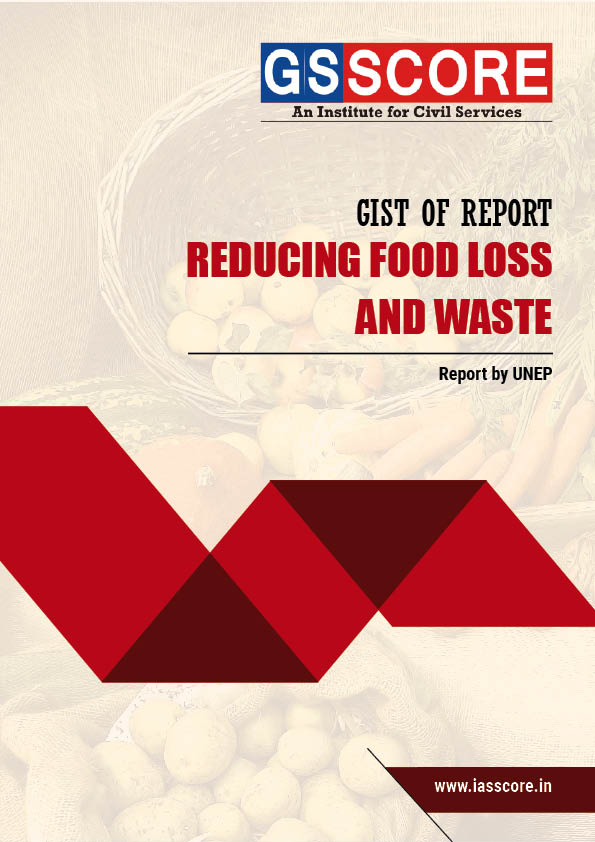


- The following summary of the titled Report – Reducing Food Loss and Waste by UNEP is in one among the series of summaries created by GSSCORE on various reports.
- The report gives us a brief idea on How “Reducing Food Loss and Waste” Performs Against the Sustainable Food Future Criteria, The World Resources Report, Food loss and waste can occur at each stage of the food value chain, Possible Approaches to save the food, The Role of Women in Reducing Food Loss and Waste, Case Study: SecondBite (Australia), Some Leading Food Loss and Waste Reduction Initiatives, Conclusion.
Reports are important topic both for UPSC Preliminary as well as Mains. So going through the GSSCORE summary of the report becomes imperative for UPSC aspirants. Students can download the gist of this report from the Free Resources section of GS SCORE website: https://iasscore.in/free-study-material-downloads
Related Articles


